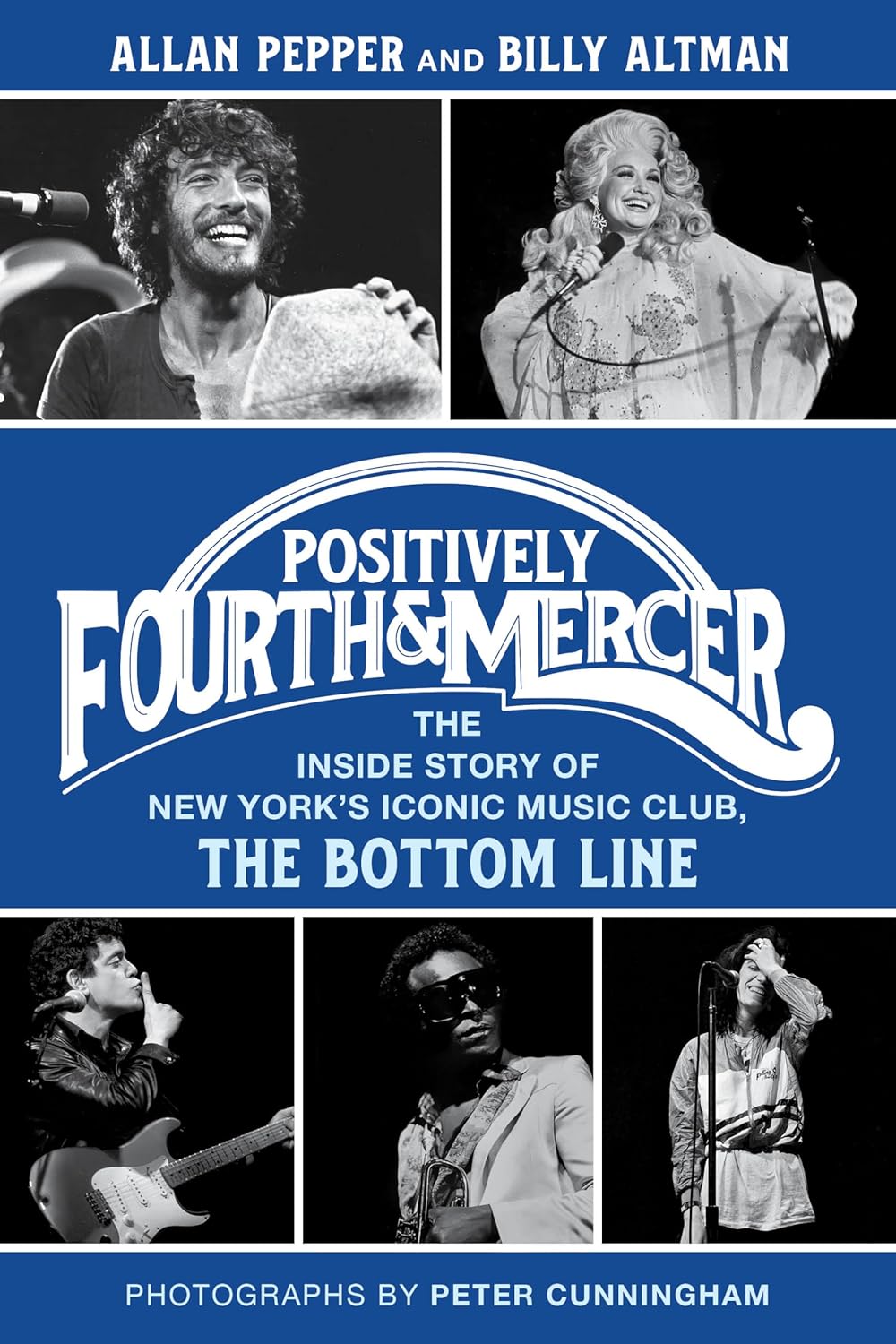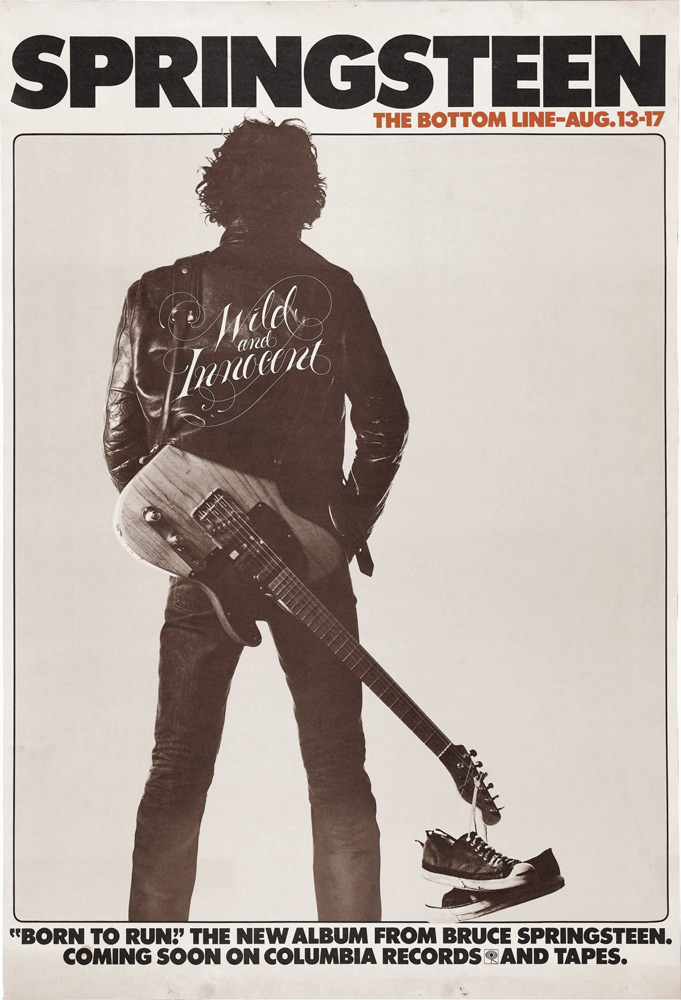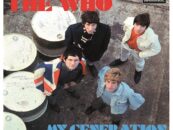‘The Inside Story of New York’s Iconic Music Club, The Bottom Line,’ Book Due
by Best Classic Bands Staff The legendary New York City music venue, The Bottom Line, is the subject of a new book. The Greenwich Village club set the standard as the industry’s intimate showcase facility, packing audiences into 400 seats for each of their two shows each night from the day it opened in 1974 until it closed in 2004, a victim of a decline in audiences following the nearby World Trade Center bombings in 2001, combined with a steep rent increase from its landlord, New York University. Positively Fourth and Mercer: The Inside Story of New York’s Iconic Music Club, The Bottom Line, was written by Allan Pepper, the surviving member of its ownership duo, along with music journalist Billy Altman. It arrives from Backbeat Books on December 11, 2025. It’s available for pre-order in the U.S. here, in Canada here and in the U.K. [on Feb. 19, 2026] here.
The legendary New York City music venue, The Bottom Line, is the subject of a new book. The Greenwich Village club set the standard as the industry’s intimate showcase facility, packing audiences into 400 seats for each of their two shows each night from the day it opened in 1974 until it closed in 2004, a victim of a decline in audiences following the nearby World Trade Center bombings in 2001, combined with a steep rent increase from its landlord, New York University. Positively Fourth and Mercer: The Inside Story of New York’s Iconic Music Club, The Bottom Line, was written by Allan Pepper, the surviving member of its ownership duo, along with music journalist Billy Altman. It arrives from Backbeat Books on December 11, 2025. It’s available for pre-order in the U.S. here, in Canada here and in the U.K. [on Feb. 19, 2026] here.
The book’s title is borrowed its historic location. Across Mercer St. on the northeast corner of the intersection of West 4th St. where The Bottom Line was situated was an empty lot that had been the site of Gerde’s Folk City, where Bob Dylan had been more or less discovered.
From the publisher’s September announcement: In 1974, when young music promoters Allan Pepper and Stanley Snadowsky opened their night club The Bottom Line in an industrial area of Greenwich Village that was all but deserted after 6 p.m., no one could have foreseen either its long-term success or its impact on the musical and cultural landscape of New York City. Over the next thirty years, while trends and tastes came and went, the Bottom Line throughout its fabled history remained true to its co-founders’ profoundly simple vision: that if you presented entertainers in an intimate setting where the focus would always be on what transpired onstage, both artists and audiences would treasure the experience.
That vision would ultimately translate to, literally, thousands of magical evenings and events featuring both icons and up-and-comers from across the music universe. As the performers, patrons and staffers who passed through its doors all agree, the Bottom Line realized its founders vision as no New York music club, before or after, ever would.
Related: Bruce Springsteen & the E Street Band performed 10 shows there over five nights in 1974
The story of The Bottom Line is the tale of childhood friends who turned their shared dream into a reality – and, through determination, hard work, and, most of all, a belief in each other, made entertainment history, and memories, to last a lifetime. The story is told by co-founder Pepper and award-winning music journalist Altman, as well as scores of on and offstage participants whose exploits helped create its lasting legacy.
Pepper’s career as a music entrepreneur began in his early 20s when, in 1965, he and childhood friend Snadowsky founded a non-profit devoted to expanding awareness of jazz’s contributions to American culture. Thus began a partnership that by 1974 found the two young promoters realizing a lifelong dream by opening their own nightclub, The Bottom Line. All told, it’s estimated that more than three million music fans witnessed often career-defining performances by an unparalleled roster of iconic and up-and-coming artists from all points of the musical compass. Along the way, Pepper and Snadowsky also produced such original shows as “Leader of the Pack,” which would go on to Broadway and help pioneer the “jukebox musical,” as well as the nationally touring songwriter’s series, In Their Own Words. [Many of those recordings are available here.] The two remained best friends until Snadowsky’s death in 2013.
Altman is a Grammy-nominated journalist, critic, and historian whose work covering the worlds of music, popular culture and sports has appeared over the years in such publications as The New York Times, The New Yorker, Rolling Stone, Spin, Esquire, GQ, People, Entertainment Weekly and The Village Voice. A former senior editor of Creem magazine, he was a founding curator of the Rock & Roll Hall of Fame and a consultant to the Grammy Museum in Los Angeles. He is a longstanding faculty member of the Humanities Department at New York City’s School of Visual Arts, where he teaches courses in rock, jazz and folk music as well as non-fiction writing.







1 Comment so far
Jump into a conversationIt’s too bad that more of those recordings are not available. Great venue with an intimate vibe.